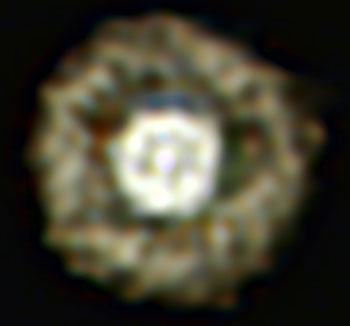The 2011 Nobel Prize for Physics has been awarded
The 2011 Nobel Prize for Physics has been awarded to the astronomers who discovered dark energy.
Saul Perlmutter from the Lawrence Berkeley National Laboratory and University of California, Berkeley, has been awarded half of this year’s prize for his work on the Supernova Cosmology Project, with the other half awarded to Brian P. Schmidt from the Australian National University and Adam G. Riess from the Johns Hopkins University and Space Telescope Science Institute, Baltimore, for their work on the High-z Supernova Search Team.
The 2011 Nobel Prize for Physics has been awarded to the astronomers who discovered dark energy.
Saul Perlmutter from the Lawrence Berkeley National Laboratory and University of California, Berkeley, has been awarded half of this year’s prize for his work on the Supernova Cosmology Project, with the other half awarded to Brian P. Schmidt from the Australian National University and Adam G. Riess from the Johns Hopkins University and Space Telescope Science Institute, Baltimore, for their work on the High-z Supernova Search Team.



